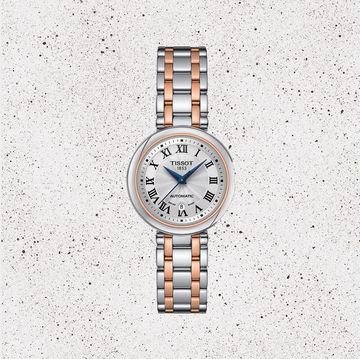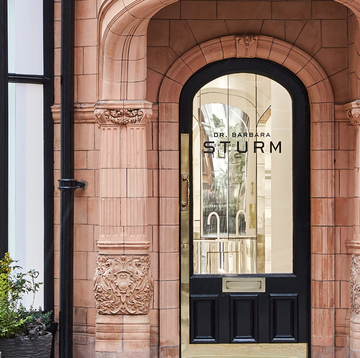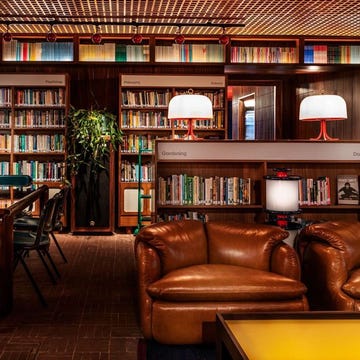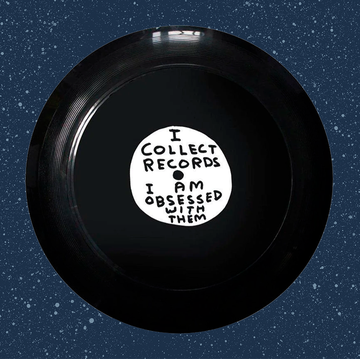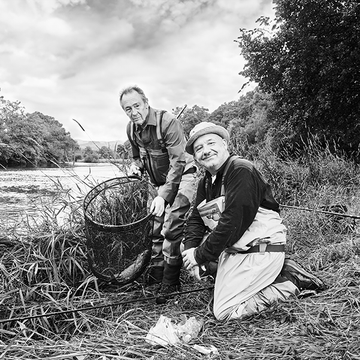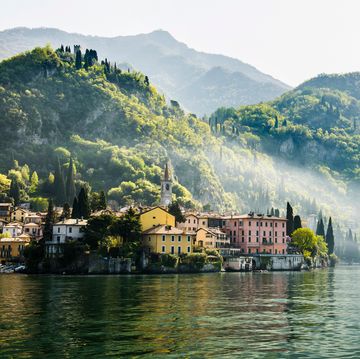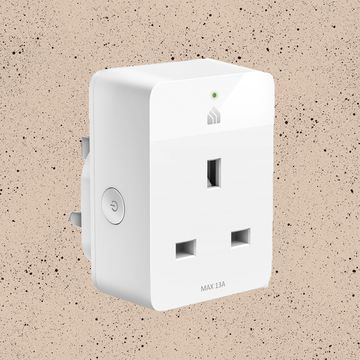If you’d asked me five years ago if I’d ever go on a cruise, my short answer would have been, “No.” The longer answer would have been, “No. In fact, I’d rather eat my own head.” I saw cruise holidays as the pustulous zit on the otherwise perfect visage of the travel industry, the bluebottle in the delectable bouillabaisse of destinations around the world. On the subject of flies, they say if a billion flies eat shit it can’t be all bad, but as far as I was concerned, 27m people worldwide (the annual cruise market is worth an astonishing £28bn a year) were wrong, and cruise holidays were bad. Very bad.
Why the vitriol? If you’ve ever been in a harbour when a cruise liner hoves into view, you’ll understand the full horror of what happens next. These leviathans, sometimes 18 storeys tall, disgorge their thousands of wobbly, sunburnt inmates into the port where they swarm around shops selling tat — never venturing even a yard off the tourist drags to bother finding out what exists beyond. And then, as quickly as they appeared, they’re gone, sailing off, belching noxious fumes, to swamp the next poor coastal town that’s got itself hooked on the easy dollars such cruises provide. It’s a sad fact that ports where liners dock almost invariably change for the worse as their economies adapt to cater to the two-hour attention spans of the cruise-liner passenger.
A case in point: earlier this year, I was in St George’s, the capital of Granada, which the great travel writer Patrick Leigh Fermor considered the prettiest town in the Caribbean. That was in the Fifties. Today, it remains a vision of elegant, pastel-painted homes with bougainvillea-clad balconies. But then in came a liner, dwarfing the town, casting long shadows. A genuine blot.
So far, so bad, and that’s before we even discuss life on board. As cruise liners get bigger, they’ve gone the full Vegas, adding ever more outlandish extras to entertain the passengers: think aquatic theatres, planetariums, nine-hole golf courses (OK, I made that last one up), but there’s one thing they forget. You’re still on board a ship, and you ain’t getting off it until it docks in the next tourist-trap harbour city. There have been over 200 disappearances from cruise liners in the last two decades — doubtless most were due to unfortunate incidences of drunken over-balancing, possibly a smattering of dastardly murders, too — but my money’s on some of them being unfortunates who couldn’t take another minute on board.
Is my aversion based on simple snobbery? Undoubtedly, but remember that cruises aren’t by any stretch the cheapest holidays. You can pay a fortune for the 'privilege'. And yet, through gritted teeth I have to admit things are changing. This is a very public place to make my confession, but as of now, there’s the odd cruise — several, in fact — that I would definitely consider.
The key is that size matters. A lot. In this case — if only in this case — smaller is better, and you want to look out for “expedition cruises”. These are aboard boats that visit wild and exotic places otherwise impossible to reach except by helicopter. You’re looking for a boat with a (nautical term ahoy) shallow draft, meaning it can navigate the shallower waters — closer inshore or up rivers — that other bigger boats cannot reach.
Exhibit A is True North (truenorth.com.au), an expedition cruiser with a mere 18 cabins. Compare that with the 2,759 rooms on the recently launched Symphony of the Seas, complete with 10-storey high slide (shoot me now). True North explores such deeply cool parts of the world as the beautiful Kimberley coastline of Western Australia, Papua New Guinea and whale shark hotspot Cendrawasih Bay in Indonesia, where you can snorkel with the gentle giants. Guests go ashore in Zodiac inflatables or its on-board helicopter. It’s all pretty Thunderbirds.
Across the Pacific Ocean in Latin America, there’s Nomads of the Seas (nomads.cl), which cruises the waters of dramatic Patagonia on wildlife, fly-fishing or heli-skiing voyages, again complete with two helicopters and even fewer passengers accommodated in just 14 double berths.
These ships are a prime pair in a growing portfolio, and the penny seems finally to have dropped that some clients (Esquire readers, perhaps?) are more discerning. Expect a flotilla of what are essentially floating boutique hotels charting the almost unknown waters of the planet’s coolest coastlines any time soon, and I may just be on board. Just don’t call me Tom Cruise.
Tom Barber is a founder of the award-winning travel company originaltravel.co.uk





